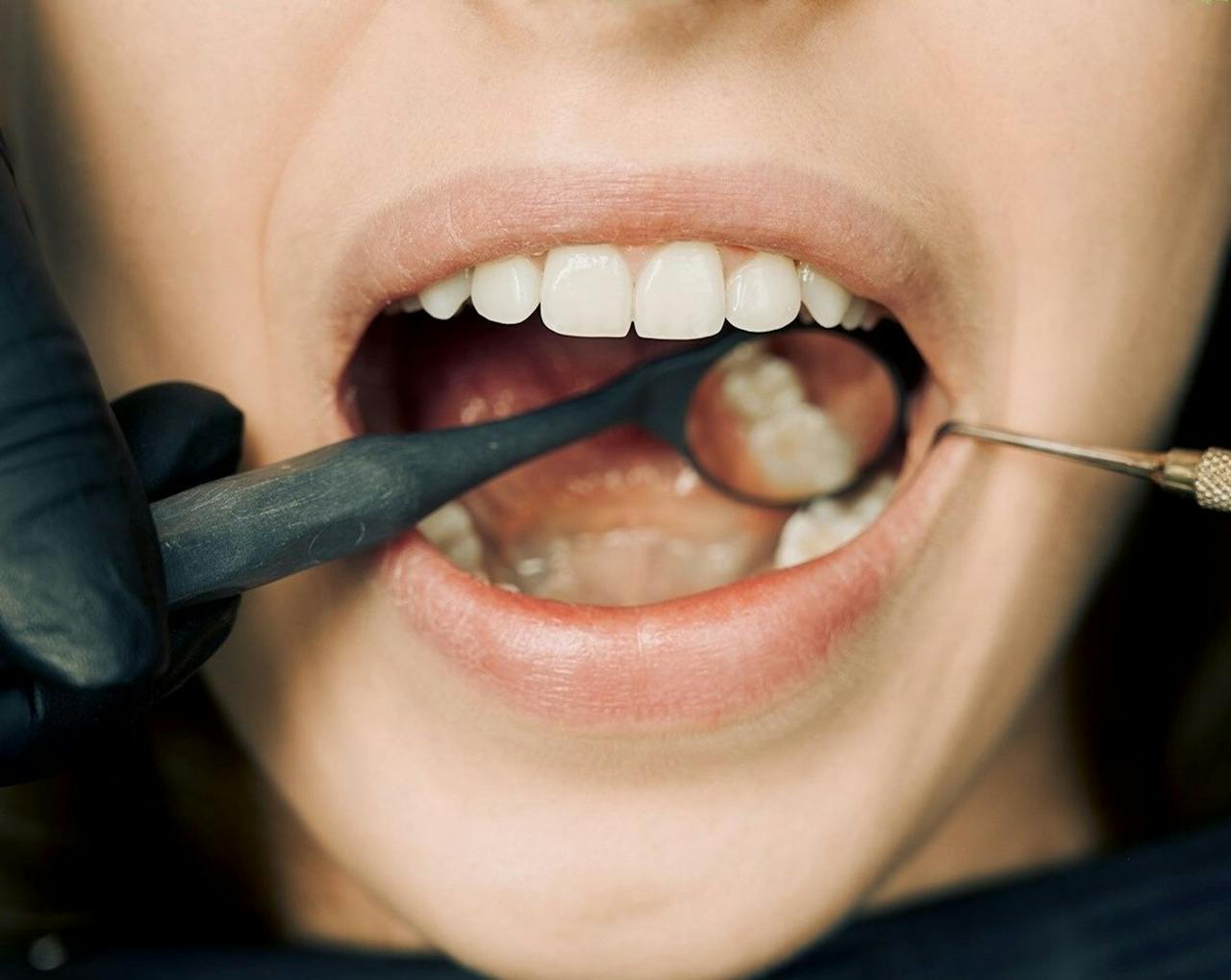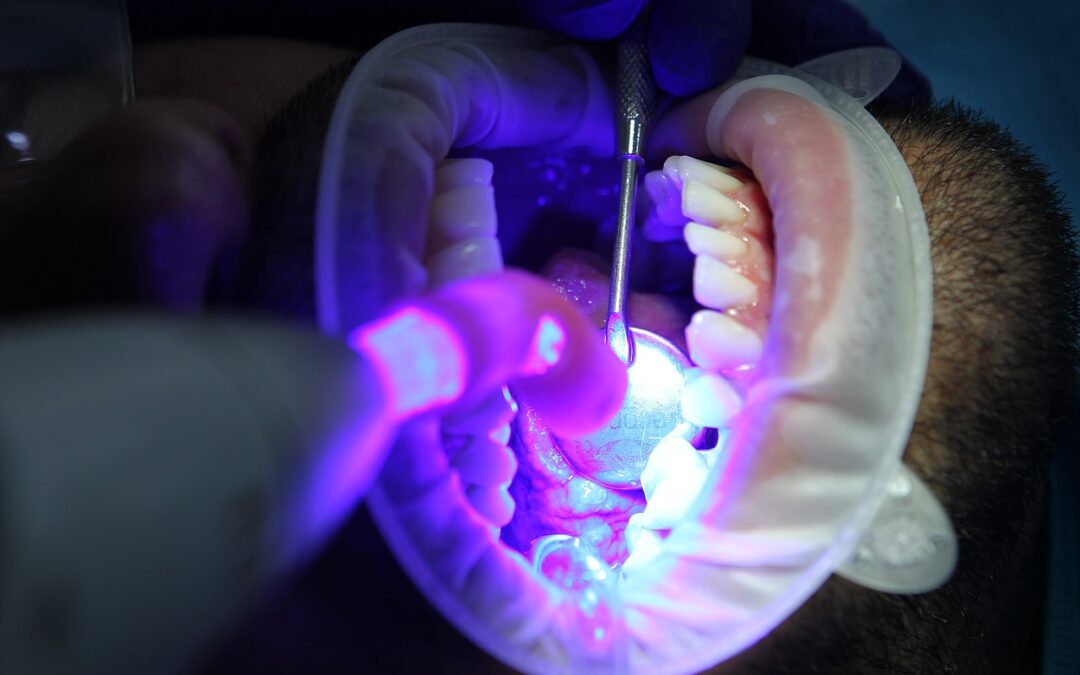Losing a tooth can affect more than just your ability to chew. It can change how you look and even how you feel about yourself. Dental bridges provide a reliable way to fill those gaps in your smile. These devices help restore both the function and appearance of your teeth.
Dental bridges are popular because they can prevent further dental problems. They work by bridging the gap where a tooth is missing with an artificial tooth supported by neighboring teeth or implants. This improves your smile and helps maintain the proper alignment of your remaining teeth.
Understanding Dental Bridges
Dental bridges are a common dental device used to fill the gap created by one or more missing teeth. They work by anchoring onto existing teeth or dental implants for support, creating a “bridge” over the empty space. The bridge is composed of crowns placed on the teeth on either side of the gap—these are known as abutment teeth—and a false tooth or teeth in between, called pontics. These are usually made from materials like porcelain, gold, alloys, or a combination thereof to match your natural teeth.
There are several types of dental bridges to consider based on your dental needs:
1. Traditional Bridges: The most common type, where the pontic is held in place by crowns cemented onto the abutment teeth. These are strong enough to replace molars.
2. Cantilever Bridges: Used when there are adjacent teeth on only one side of the missing tooth or teeth. These are not as common and are mainly used in areas of the mouth that do not undergo much stress, like the front teeth.
3. Maryland Bridges: Also known as a resin-bonded bridge, this type uses a metal or porcelain framework bonded onto the backs of the abutment teeth. It is a more conservative option because it doesn’t require reshaping the abutment teeth.
These types offer solutions tailored to different situations, whether anchoring to natural teeth or implants.
Signs You Might Need a Dental Bridge
Recognizing when you need a dental bridge is crucial to maintaining oral health. Missing teeth can do more than affect your smile—they can lead to functional and structural issues over time. Here are some signs that indicate a dental bridge might be necessary:
– Missing Teeth: If you’ve lost one or more teeth, a dental bridge can effectively fill the gap.
– Difficulty Chewing: Missing teeth can make chewing food difficult or uncomfortable. Bridges restore your ability to eat a variety of foods with ease.
– Speech Issues: Teeth play a significant role in pronunciation and articulation. Gaps can cause speech issues, which bridges can help correct.
– Shift in Alignment: Teeth surrounding a gap can drift out of position, affecting your bite and alignment. A bridge can prevent neighboring teeth from moving.
Facial Shape Changes: Teeth support the structure of your face. Missing teeth can alter this structure, resulting in a sunken appearance. Dental bridges help maintain your natural facial structure.
Early detection and treatment can prevent any of these issues from becoming serious. If you notice any of these signs, consulting a dental professional about the potential benefit of a bridge is a good step. This way, your bite, speech, and smile can remain functional and intact.
Benefits of Dental Bridges
Dental bridges offer several advantages that enhance dental health and overall well-being. One of the most noticeable benefits is their ability to restore your smile. Many people feel self-conscious about missing teeth, and bridges can effectively fill in those gaps, giving you back a complete smile.
Another key benefit is improved chewing ability. Missing teeth can make it difficult to eat certain foods, but bridges provide the stability needed to chew comfortably and efficiently. This means you can enjoy a well-rounded diet with a variety of foods that you love.
Dental bridges also play a crucial role in maintaining the shape of your face. Teeth provide essential support for your facial structure, and when some are missing, it can result in sagging cheeks or a sunken appearance. Bridges help to maintain your natural face shape by filling spaces and offering support.
Additionally, bridges prevent remaining teeth from drifting out of position. Teeth rely on each other for alignment, and a missing tooth can cause neighboring teeth to shift, leading to bite problems or further dental issues. Dental bridges hold everything in place, ensuring your teeth stay aligned as they should.
Considerations Before Getting a Dental Bridge
Before deciding on a dental bridge, it’s essential to consider a few factors to ensure it’s the right choice for you. One key consideration is maintaining oral hygiene. Brushing regularly and flossing around the bridge is crucial to prevent plaque buildup, which can lead to decay or gum disease around the supporting teeth.
You should also consider the potential need for adjustments. Bridges might require occasional adjustments to ensure a comfortable fit, especially if your bite changes due to wear or other dental work.
Understanding the durability and lifespan of dental bridges is also essential. With proper care, bridges can last many years, often between five and fifteen years, depending on the materials used and how well they’re maintained. Regular dental check-ups can help extend the lifespan of a bridge.
Lastly, discuss any concerns or special circumstances with your dentist. They’ll provide insights tailored to your unique dental health needs, helping you make a well-informed decision about whether a dental bridge is your best option.
Conclusion
Dental bridges offer a practical and effective way to address missing teeth, promoting oral health and confidence in your smile. They help restore chewing function, enhance your appearance, and maintain the integrity of your dental alignment. Addressing gaps with dental bridges not only uplifts your smile but also prevents potential dental issues down the road.
Interested in learning more about how dental bridges can benefit you? Meet with the expert team at Jordan M. Job DDS. We’re dedicated to providing personalized dental care that aligns with your goals. Contact our dentist in Parma, OH, today to explore options for achieving and maintaining a healthy, beautiful smile.
















